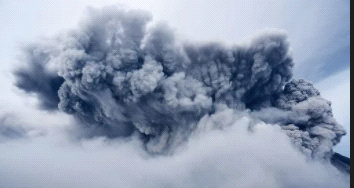
It seems to me that the greatest risk, beyond all others, and fortunately unlikely, would be combat with China. Were such a catastrophe to occur the decline would be much greater <> than the sharp declines that occurred during the prior 14 month period.
Combat with the USSR is possible, but unlikely, as it is generally recognized, I believe in both countries, that we each have an annihilating ability. <> The risk appears to be heightening.
Next, also unlikely, is some form of civil war, pitting those with more against those with less. This is theoretically possible if a highly and aggressively conservative political party were to gain control of the government, leaving the unemployed and insufficiently salaried workers in desperation, with a “nothing to lose” group attitude, prompting civil discord-based rioting.
The inverse possibility is that of a far left, socialist party, enacting legislation resulting in a lack of profit-making potential for businesses. Without the prospect of profit there is no justification for those with capital to invest and without investment many businesses will fail.
Continuing and likely increasing inflation, and doing that which is necessary to curtail inflation, will result in it being more difficult to achieve and maintain profitability.Difficult to assess, but easy to predict, is that by mid-century half the world’s population will be Muslim. If a significant segment of Muslims accepts Koranic preaching’s of convert or kill infidels, the results could be tragic.
The spread of contagious physical disease is clearly possible, with the economic outcome impossible to predict. <> More appropriate government responses to low-threat pandemics are being implemented due to advanced research, however the risk of new and more lethal pandemics is ever present.
Racial unrest, reflecting in part, the failure of public education to provide the education necessary for other than menial job employment.
A possible increasing recognition that price/earnings ratios are the number of years, at current annual earning levels, required for the company to earn the current price of a publicly traded stock, resulting in the case of high P/E stocks, of a mass withdrawal of funds. This is probably unlikely, as available alternatives, having similar liquidity, are limited. Also, professional money managers are paid to keep funds productively employed.
Are these enough to give pause to the high level of optimism which seem to be infecting investors? <> Currently, as was the case in early January 2022, the same issues of concern exist with the same possible impact.
Arthur Lipper, Chairman arthurlipper@gmal.com
British Far East Holdings Ltd.
<> Addendum:
<> Though the chart is from March 7, 2023, rather than January 5, 2022, when the original posting was made, it is presented for reference and relevance.

